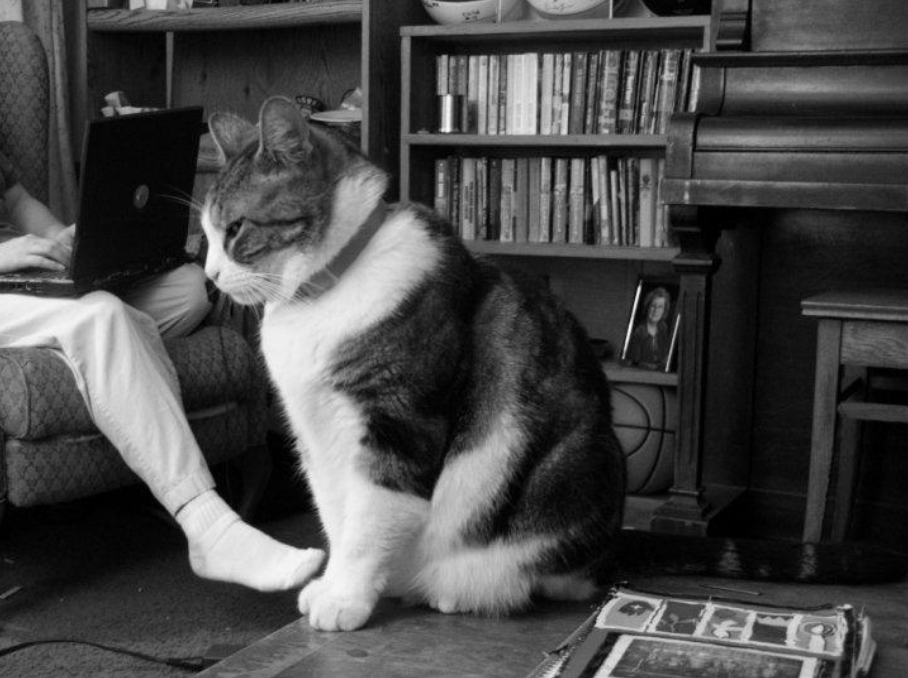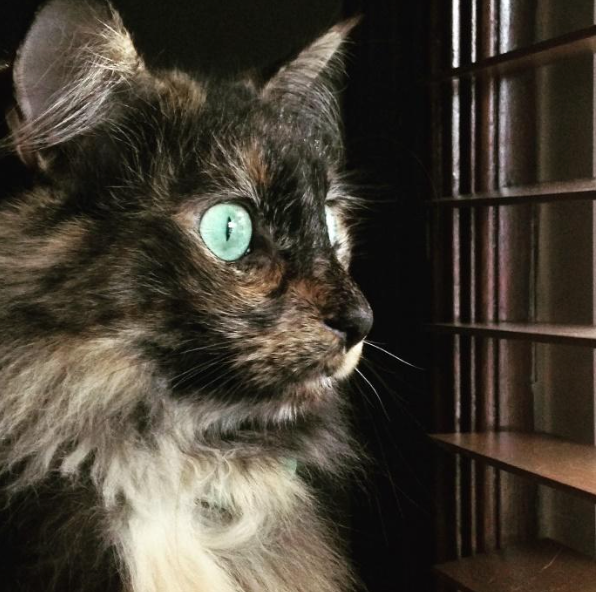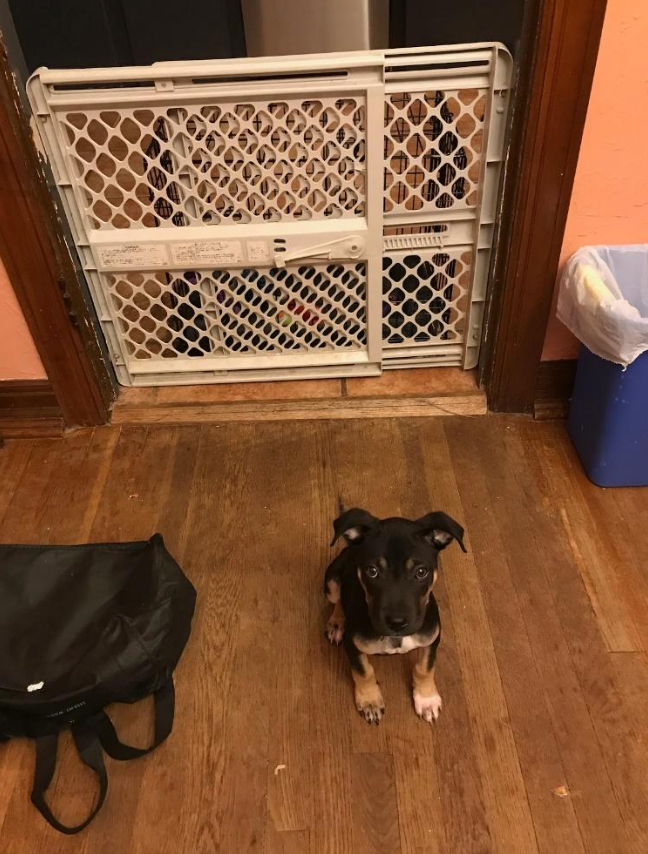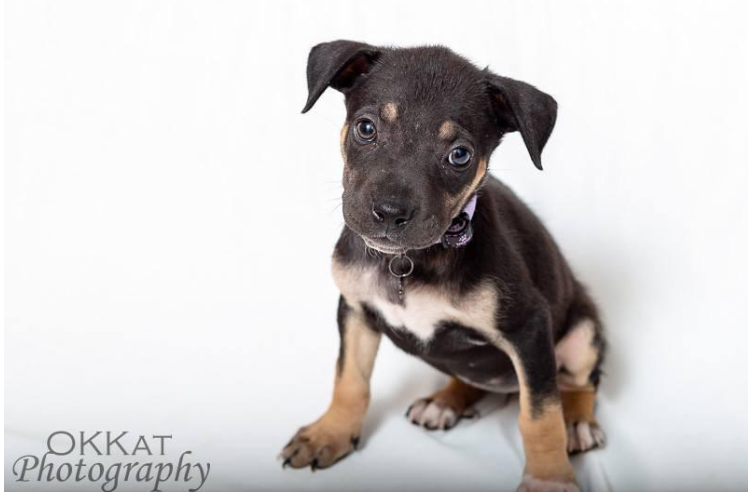by Kathy Thompson, Owner/Photographer OKKat Photography
Why would a photographer tell you how to get your own great pet photography at home? Because I really want you to have great pictures of your pets! If I can help you that then I’ve done my job. So, let’s skip the small talk and get down to the important stuff!
1. Use the best camera you have.
It doesn’t matter if you have a digital SLR or mirrorless camera, a point and shoot you bought years ago, or your mobile phone. Just use the best one you have. The brand doesn’t matter because they all do the same things! Which one is the best one? The one you have with you.
2. Know your gear.
That best camera you have might not be your best if you don’t know how to use it. If that’s the case, read your manual, ask Google/YouTube, take classes, or ask a photographer for advice, but above all else USE your gear lots and lots. The more you practice, the more you’ll know about your equipment. The better you can use it, the better pictures you’ll get.
3. Have a plan.
You know your pet best. You know how to get their attention and you know all their favorite things. Use this knowledge to create a plan for how to get the pictures you want. Write it down somewhere. What locations do you want for your backgrounds? What colors compliment your cat best? Where is your dog most comfortable? What temperature keeps your snake happiest? Think about the details when you’re planning. Be prepared to throw your plan out the window if a better opportunity presents itself.
4. Clean and declutter the area.
Pick up in the backyard and mow. Dust Kitty’s favorite napping spot. Wash all the fur off the bed. Vacuum the carpet. Sweep the floor. Wherever you plan on taking your picture, make it look as nice as possible. The less distractions you have in your pictures, the more the focus will be on your pet.

I know what you might be thinking, NONE of these tips are about working with animals! And you’re right! But that’s the thing about good photography. Taking consistently good pictures of anything involves all the steps above. Sometimes you get lucky and catch a great shot without preparation, but luck just isn’t promised to us. Set the stage well and your chances of getting the shot you want go WAAAY up. Now let’s get to the animal specific tips.
5. Have an assistant.
Most animals are easier if you have an assistant that is comfortable handling your pet. You can have them soothe your pet, get their attention, or just fetch things for you–this frees your hands up to operate your camera. Share your plans with them so you’re on the same page. Ideally, this is also someone your pet already knows and likes.
6. Lots. Of. Treats.
I can’t emphasize this enough. Have lots of rewards your pet really loves and have them easily accessible.
– You know those pouches animal trainers wear on their hip? This is a good time for one of those. They keep your treat supply really close at hand and easy to get to. Bonus tip: make sure it’s easy to open and close!
– What to use for rewards? What your pet loves, of course! High value treats are best. Most dogs love chicken or cheese. Cats usually pay attention when tuna or chicken is involved.
– If your pet isn’t food motivated, try toys, balls, or affection. Use whatever works best for your critter! Remember, you know them best, so start with what you know and then experiment. (That assistant can come in handy here, handing out reward while you click click!)
7. Get the best light you can.
Most of the time “best light” will be bright indirect light. This could be light from a window or door, but outside cloudy days work too. Open shade is another great option and is created when your subject is shaded by a building, tree, or other object, but the sky above them is bright. Every setting is different, so use what you have to your best advantage. Avoid using the flash on your camera as your primary light source, except as a last resort. For more on good and bad light, see my previous blog post on the subject.

8. Get on their level.
This might mean you’re belly down on the floor. Or that kitty is on the back of the couch, and you’re kneeling. Or your iguana is on the dining room table and you’re sitting. Anyone can get shots where the photographer is standing and the animal is on the ground. You’ve seen a million of them, and it’s just not your pets best look. Sometimes it turns out well, but you’ve got a much better chance if you change your point of view to be more like theirs.


9. Focus on the eyes.
This is where the magic is. If you forget everything else, remember this. Ideally, get them looking into the camera to really feel the connection we love about portraits. Some pets don’t like not seeing your face though, and if you’ve blocked it with your camera they may turn away. Use treats, toys, and all the weird noises you can possibly make to regain their attention.
10. Have fun.
Whatever you do, make sure it’s enjoyable for your subject. The better time they have, the more likely they are to grace your camera with their beauty another time. Aim for short sessions, and be prepared to stop and try again later. Remain calm. If you get frustrated or anxious, your pet will feel it and they’ll get frustrated and anxious too, so keep it light and fun for everybody. If it’s not fun, it’s not worth it.
Now that you have all this advice, go capture your cat being the high fashion model she is! Show friends what an athlete your new puppy can be! Birds, reptiles, fish–all the pets–make them all look spectacular!
About the Author
 Hi, I’m Kathy! You want to trust your photographer with images of your precious pets, so of course you want to know if we are a good fit… I’m a confessed Crazy Cat Lady with an all-time high of five cats. For a while I had four cats and three dogs. They didn’t exactly get along, but NOBODY DIED!
Hi, I’m Kathy! You want to trust your photographer with images of your precious pets, so of course you want to know if we are a good fit… I’m a confessed Crazy Cat Lady with an all-time high of five cats. For a while I had four cats and three dogs. They didn’t exactly get along, but NOBODY DIED!
If you know any runners, you already know crazy. I’ve run twelve half marathons (one with a broken foot) and two full marathons (one with a bruised bone in my knee). Yeah, I’m fine kneeling in the mud to get a better angle for your dog’s portrait, why do you ask? Is that poop? I’ve done worse than get a little dirty. Literally! I’m also a long time OKC-metro resident and “home” will always be central OKC.
Because I am a dedicated pet photographer, all my photography education time and dollars go to PET photography specifically. As a result, you will rarely see humans in my portraits.

